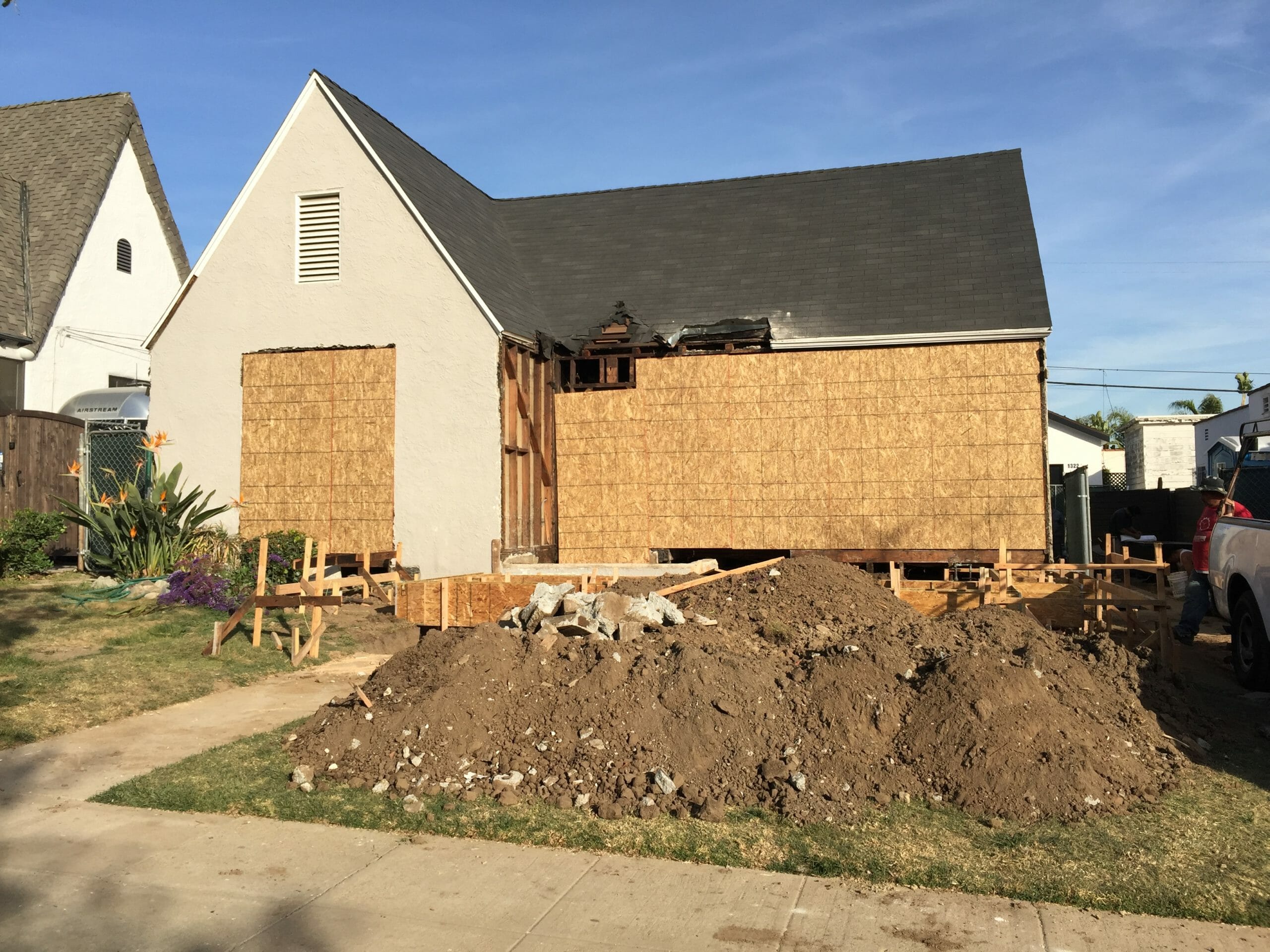Sweeten’s Guide to Houston Home Additions
In Houston, home additions are a great way to increase the square footage of a house

Your home in Houston might start to feel a little tight. Maybe you have extended family members move in. Children require extra bedrooms or bathrooms. Or you may have renters come in to fund the cost of the mortgage.
Whatever the need, your house just needs more room. A common solution is to build an addition, which gives you that space. It also provides maximum, long-lasting value to your home. Here, Sweeten provides some guidance on points to consider when planning Houston home additions.
Sweeten matches home renovation projects with vetted general contractors, offering advice, support, and up to $50,000 in renovation financial protection—for free.
Planning a home addition with contractors and architects
Unlike smaller remodeling projects, building an addition is a complex, multi-layered project. It requires a team of qualified professionals who can help you.
A home addition is the total of a vast number of sub-projects. These projects range from design and planning to drywall work, flooring, painting, and more. Plus, these projects extend over weeks or months. There is one person who ties all of these strings together and makes it work: the general contractor.
Begin planning your Houston home addition by speaking to contractors. The spring and summer are good times to start since it gives you a headstart in the queue for renovations the following year.
Building Houston home additions: Outward or upward?
Homeowners in Houston planning for home additions may raise a frequent question: Should you build outward or upward? It’s a difficult question for any area, as both have their advantages and disadvantages:
Building a ground-level addition outward
Building outward means creating an addition that is at ground level. The addition is built adjacent to the existing house. At the end of the project, the wall between the two structures is opened up. Building a ground-level addition is less complex than adding to the top of a house. Plus, it is less invasive. Homeowners typically can live in the home while the addition is built.
Houston is largely a flat, one-story house city. Generally, the area has more single-story homes than double-story homes. Older, historic neighborhoods in Houston such as The Heights, Bellaire, or West U have generously sized lots. In an era of shrinking lots, properties like this are rare opportunities for building outward.
Another upside: one-story homes are easier to cool down. Since heat rises, it collects in the second story. As a result, two-story homes are more expensive to cool.
Building a second-story addition upward
Building upward means adding a second story to the home. This type of renovation removes the roof and adds extra structural support. Then, the second story is built. With this highly invasive project, residents usually have to vacate the home for an extended period.
If your Houston property lot is not spacious, you may want to consider building upward. This preserves your yard for pets or children or for gardening.
Houston addition permits and approvals
Permitted approvals by the City of Houston are required before and after building your addition. Building plans and fees must be submitted to the city before the building begins. Numerous corrections may be required. If approved, a building permit is issued.
However, this is not your final approval. In essence, a permit is just that: It permits you to build. Once the work is finished, the addition is inspected. If approved, a final approval is then issued.
It’s best to leave permits and approvals for large projects like home additions in the hands of contractors. These professionals know how to walk your project through the permitting process to minimize delays.
Planning your home addition for extreme heat
Heat and sun are part of living in the Gulf Coast region. When planning your Houston home addition, be sure to consider those inevitable high temperatures.
In the summer, the sun rises in the northeast and sets in the northwest. Planning your addition with heat in mind can be as simple as orientation! If possible, orient the addition so that it does not face in the direction of the sun.
Other passive cooling methods include planting large shade trees as part of the landscaping plan. Speak with your contractor about cool roof materials coated in glass fiber and aluminum.
Your current air conditioning unit might be able to handle the increased loads of the new addition. More often, it’s a good idea to install a separate A/C unit for the addition. Mini-split air-conditioning that doesn’t require ductwork is also popular.
Homeowners planning Houston home additions can get a curated, pre-vetted list of contractors on Sweeten:
ADUs or accessory dwelling units can transform into home offices, living space for family or as a rental, or a retreat.
Sweeten handpicks the best general contractors to match each project’s location, budget, scope, and style. Follow the blog, Sweeten Stories, for renovation ideas and inspiration and when you’re ready to renovate, start your renovation with Sweeten.
[/vc_column_text][/vc_column][/vc_row]
source https://civilco.construction/sweetens-guide-to-houston-home-additions/
Comments
Post a Comment